Help deciding on Induction or gas for peninsula range
MD
last year
Featured Answer
Sort by:Oldest
Comments (22)
kaseki
last yearMD
last yearRelated Discussions
Need help deciding on a 30' all gas range
Comments (10)Sealed burners have taken a real beating here on GW by all the open burner fan-boys. I too, wondered if I hadn't missed out on something after I installed a DCS AG. Then those same fan-boys posted Youtube videos of how "easy" it is to clean their cooktops, which absolutely convinced me I had made the correct choice. Firstly, all sealed burner ranges are not created equal. I'm willing to admit that there likely are ones that distribute their flame pattern up the sides of pots, and cook spills/overflows into carbonized cement on their burner decks. But I don't have one of those. I have a DCS. It has two sizes of burners - 17.5K BTU, and 12.5K BTU. My smallest pot is 6" in diameter and the flames of the smaller burner stay under its base, even on max. My other pots/pans are 8" or larger, and I use them on the larger burners. All burners are capable of very low simmer - perfect for rice, sauces, or holding extras for 2nd helpings. I mostly clean the deck with a damp sponge. Sometimes I need to use a plastic scrubby first, and very occasionally, something requires scouring with Bar Keeper's Friend. The burner heads come apart really easily, but I've seldom needed to do so to clean up. The oven has an infra-red broiler, convection fan, and rolling racks. I've never noticed how hot the door gets, but I'm sure I'd have burned myself often if it overheated. I'm not the only DCS owner who posts here, and we are all very happy with our ranges....See MoreExperience with GE Induction Range or Samsung Gas Range?
Comments (15)I have cooked on standard and pro-style gas, electric coil, electric smooth top and now induction. This, over a 50-plus year span as an adult, and I'm a good cook. I personally feel that when cooking, one should generally pick up a pan, and not schlep it around on the range. To move food around in the pan, use a utensil, not scraping and shaking the pan on the cooking surface (TV cooks looking cool doing such, plus flipping food, etc. notwithstanding). With minimal care, your induction cooking surface will remain looking good! I clean up with Dawn on a cloth or sponge, rinse using same, and dry with a microfiber cloth. This takes care of food spills, water marks and grease splatters. Special cleaners not required... my experience....See MoreNeed help deciding - Single Induction or Double Non-Induction range
Comments (16)A 10" round pot over two 7" induction elements isn't likely to work well, and likely won't hit both pot sensors as well, so literally wouldn't work. Check the manual for whether you can bridge the elements with a double griddle. I'm guessing that you probably can. Also, make sure that each element has at least 17 power settings (1-9 with half steps). I've heard that some ranges only have 10, and that's not sufficient for a good cooking experience. Even more important than size is power output, and also power sharing since you're talking multiple pots. Make sure the outputs will work for you. A great big pot will work on a smaller element, but it'll have a hot spot. If you have thin enamelled steel, or carbon steel (which is usually only found on shallower pans), you're more likely to get rapid response. Next would be a high quality designed for induction clad steel. Are all of your big pots good on induction? You might have to invest in some new ones anyway. I LOVE my 11" element. My cooktop is 24" wide with the 11" double ring, a medium sized one and a small one. The only time that's not big enough is when I have a couple dozen guests and the chicken soup in one stock pot with the matzah balls in another, and I have one on the 15" gas cooktop. For spaghetti, for the family, a three quart pot on my medium induction element is fine. I have a few pots that I make spaghetti sauce in, but they're all the size of the ring at the base. I'm more likely to package it up for the freezer, and change to a smaller pot to heat the portion for dinner, however, so I don't have to deal with more work later. So... I think you'd be fine simmering your sauce in your big pot, and perhaps using an 8" steel pot for the pasta. Or something like that. Compared to the price of a new range, a couple hundred dollars for a few necessary cookware additions doesn't sound tragic. For boiling pasta, however, if you can get your current pot on the element without banging into your sauce pot, even if it's a little off center, it should be fine. It's not like you're cooking something on the pot where hot spots really matter. You're just heating the water that's cooking the pasta. Every new piece of cooking equipment, whether it's a cooktop or oven or small appliance, has a learning period. Each has its quirks. Adapting to those is necessary. Relearning your timing is essential. It's not hard if you don't resist it. Just be mindful and notice how things are working for the first month or two. It'll turn out fine in the end....See Moreinduction ranges vs gas ranges
Comments (3)If you have not seen them, this thread and this one have discussions of the Bosch Benchmark slide-in by actual users. The GE induction ranges have been among the most popular with users here at gardenweb., so there are lots of threads discussing them. The components of the GE Profile PHS920 are very similar to those of the freestanding version, the PHS920. The main difference is that the front control panel on the slide-in reduces the usable cooktop space by a couple of inches. Otherwise, you can check out reviews for both. The induction set-up is very similar to the predecessor models, the PHS925 and PHB925, so reviews of those also may be helpful. (The main difference that I can see is that the "920" models let you link the controls for the two 8" burners on the left where the "925" models did not have linking.) The "920" models have been out for three years and something now, so most of the discussions are a little older. Here's a thread in case you have not seen it. The search strings "gardenweb + GE induction range" and "gardenweb + PHS920" turned up a lot more threads here plus some from Chowhound, too. The latest versions of the PHS/PHB920 are supposed to have the smartphone connections and controllability, but I have not seen any reports yet on how it works or does not work. The Frigidaire induction slide-in is far and away the least expensive induction slide-in (about $1400 "in the cart" at AJ Madison, for example). However, there has been very little comment on it here from actual users. As with other Frigidaire electric-slide-in ranges, the oven vents to the front of the stove. You could research those models to find comments and opinions about that featue....See Moreblueskysunnyday
last yearMD
last yeardecoenthusiaste
last yearlast modified: last yearMD
last yeardan1888
last yearMD
last yearkaseki
last yearChris
last yearkaseki
last yearchispa
last yearChris
last yearkaseki
last yearcpartist
last yearCalRachel
last yearPatricia Colwell Consulting
last yearcpartist
last year
Related Stories
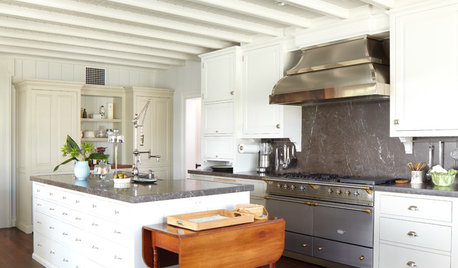
KITCHEN DESIGNHow to Find the Right Range for Your Kitchen
Range style is mostly a matter of personal taste. This full course of possibilities can help you find the right appliance to match yours
Full Story
LIFEHow to Decide on a New Town
These considerations will help you evaluate a region and a neighborhood, so you can make the right move
Full Story
KITCHEN DESIGNWhat to Know When Choosing a Range Hood
Find out the types of kitchen range hoods available and the options for customized units
Full Story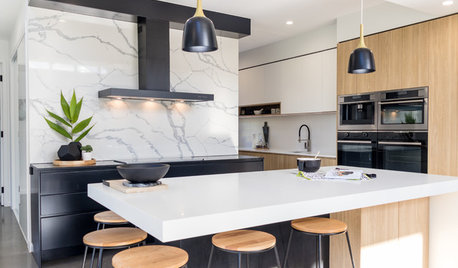
KITCHEN DESIGNHow to Get Your Range Hood Right
Get a handle on the technical specs, and then learn about fun design options for creating a beautiful kitchen feature
Full Story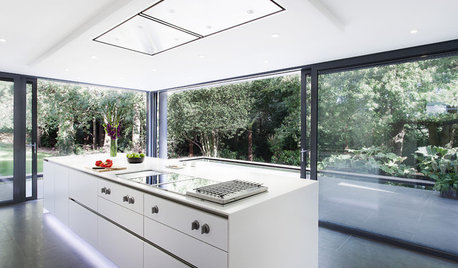
KITCHEN APPLIANCESDisappearing Range Hoods: A New Trend?
Concealed exhaust fans cut visual clutter in the kitchen
Full Story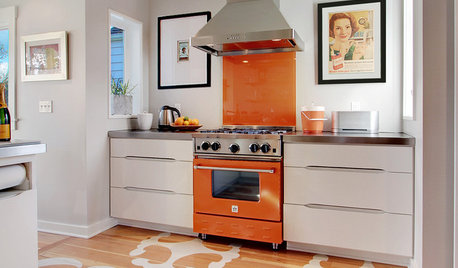
HOUSEKEEPINGHow to Clean Your Range and Oven
Experts serve up advice on caring for these kitchen appliances, which work extra hard during the holidays
Full Story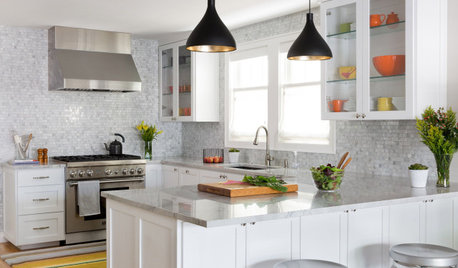
KITCHEN DESIGNKey Measurements to Help You Design Your Kitchen
Get the ideal kitchen setup by understanding spatial relationships, building dimensions and work zones
Full Story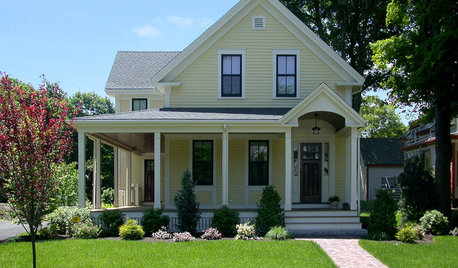
SELLING YOUR HOUSE10 Low-Cost Tweaks to Help Your Home Sell
Put these inexpensive but invaluable fixes on your to-do list before you put your home on the market
Full Story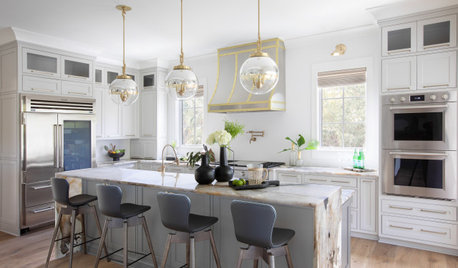
KITCHEN DESIGNDesigner Tips for Range Hoods, Appliances and Lighting
Learn how to get your microwave height just right, what kind of bar stool will be most comfortable and more
Full Story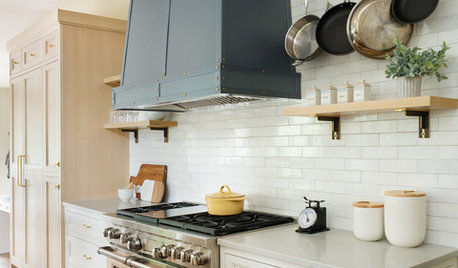
BEFORE AND AFTERS4 Kitchen Makeovers With Standout Range Hoods
In these before-and-afters, see how a custom range hood can take your kitchen renovation to the next level
Full Story


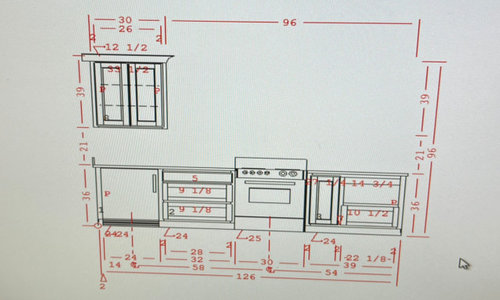
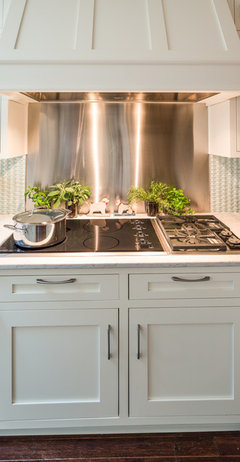
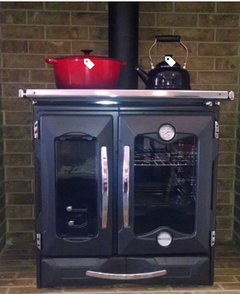
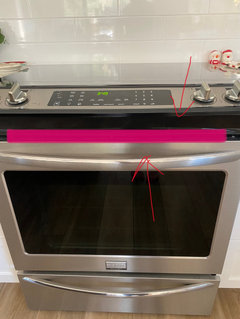

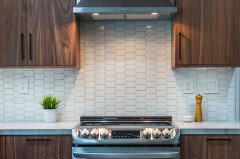


kaseki